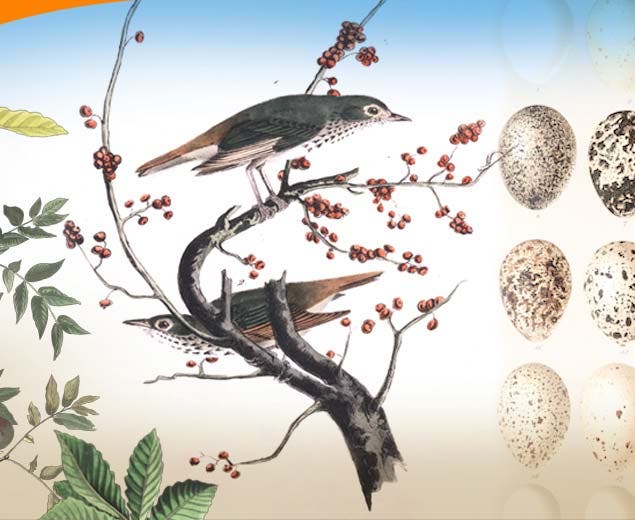Ornithology as a Profession
The American Ornithologists’ Union
In September 1883, 23 ornithologists gathered at the American Museum of Natural History in New York City for the inaugural meeting of the American Ornithologists’ Union. It was an invitation-only event. Amateur collectors, taxidermists, and other non-scientists were excluded from full membership status. Instead, they were given the opportunity to join as associates, a second-tier, non-voting membership.

